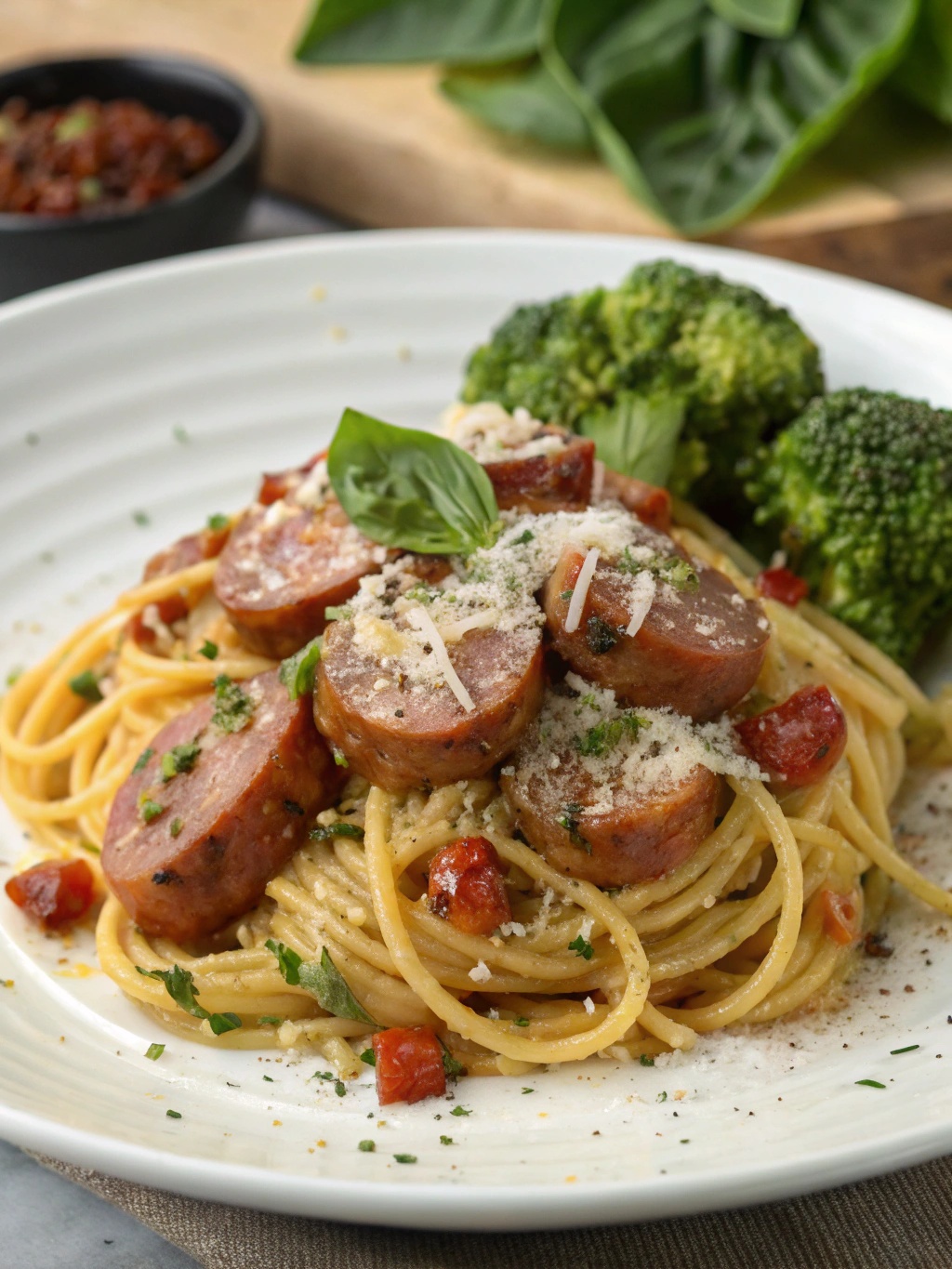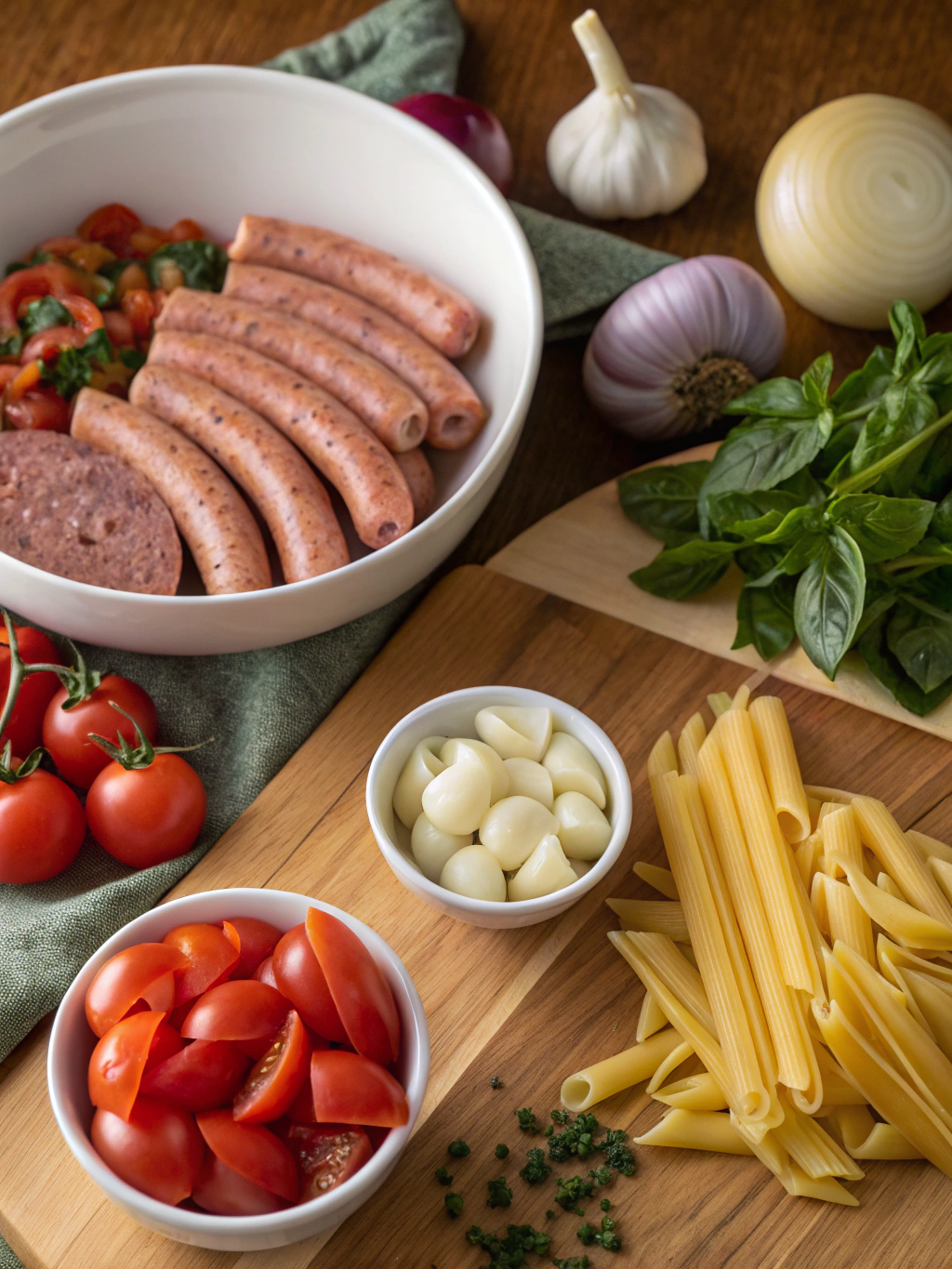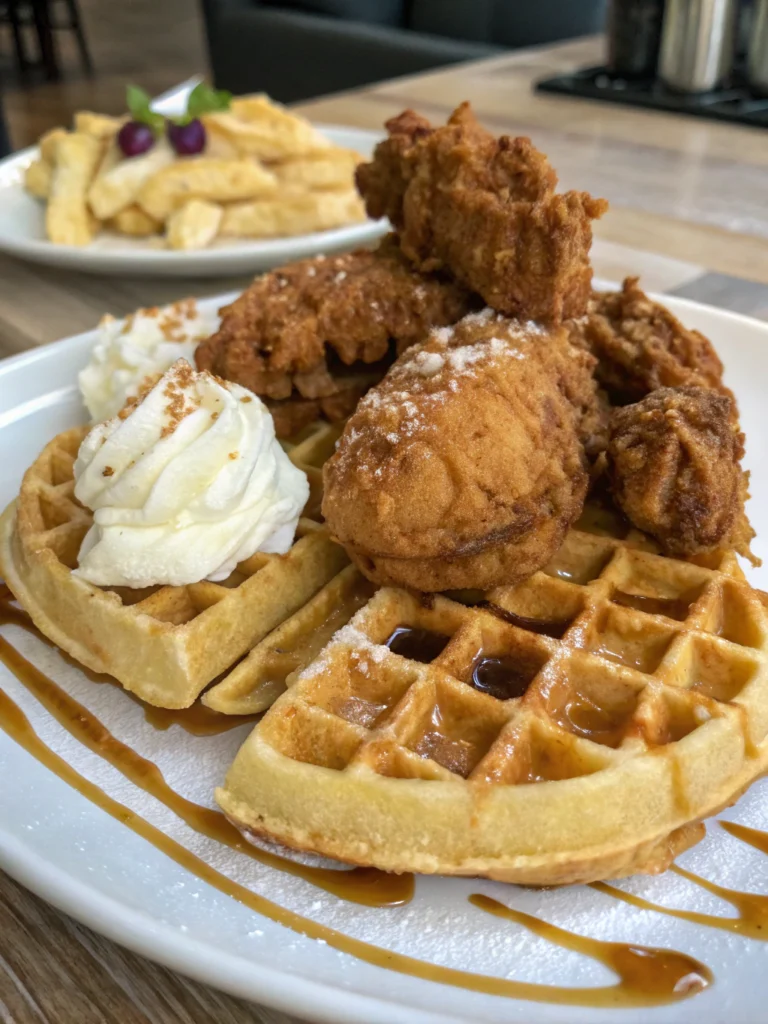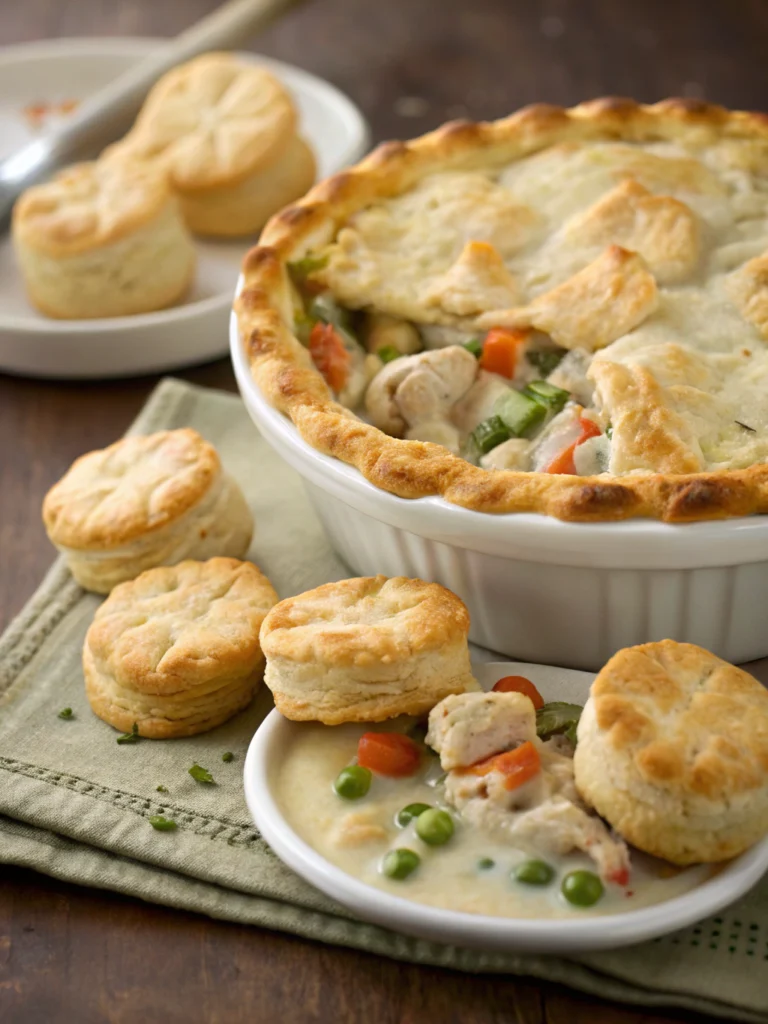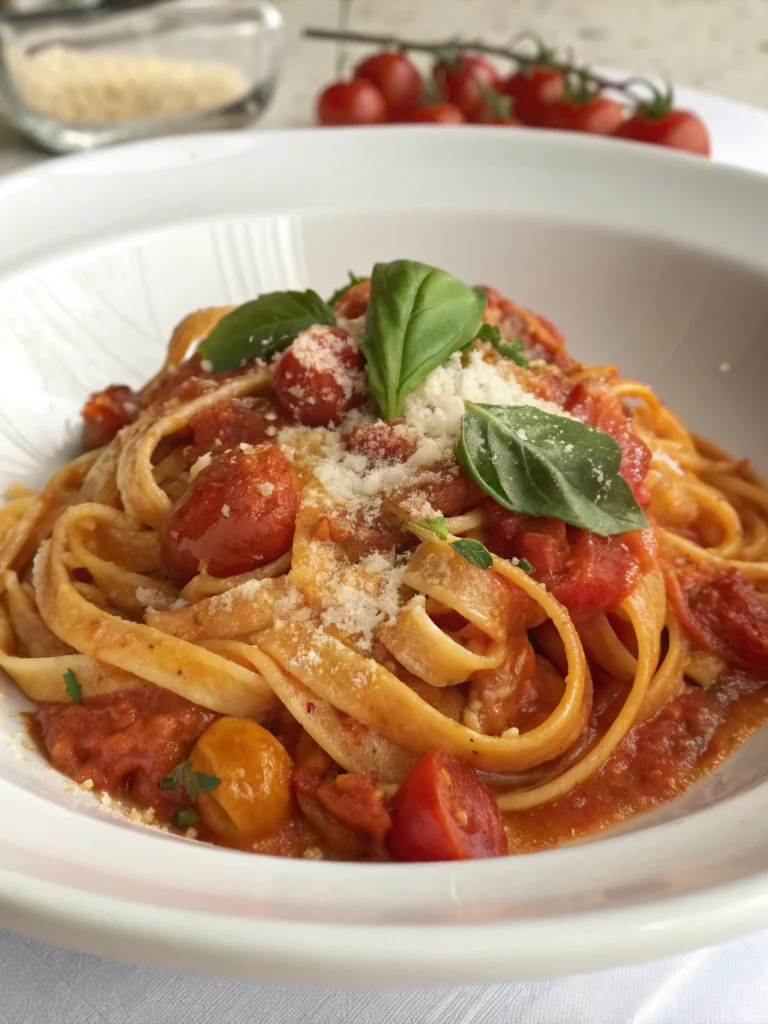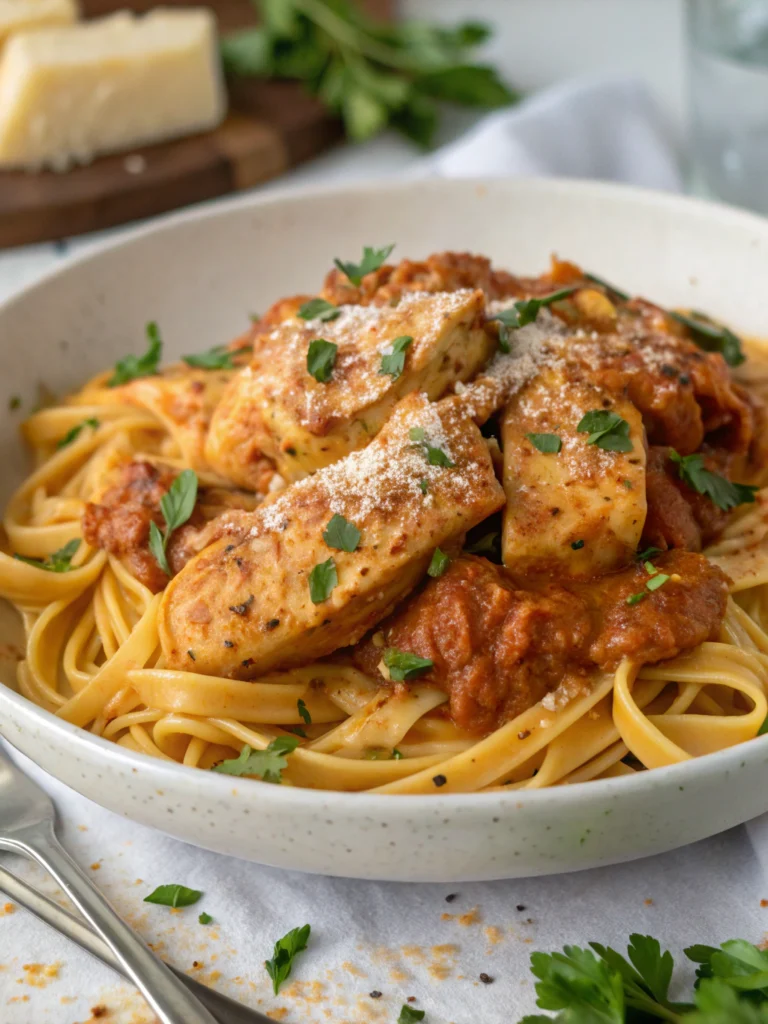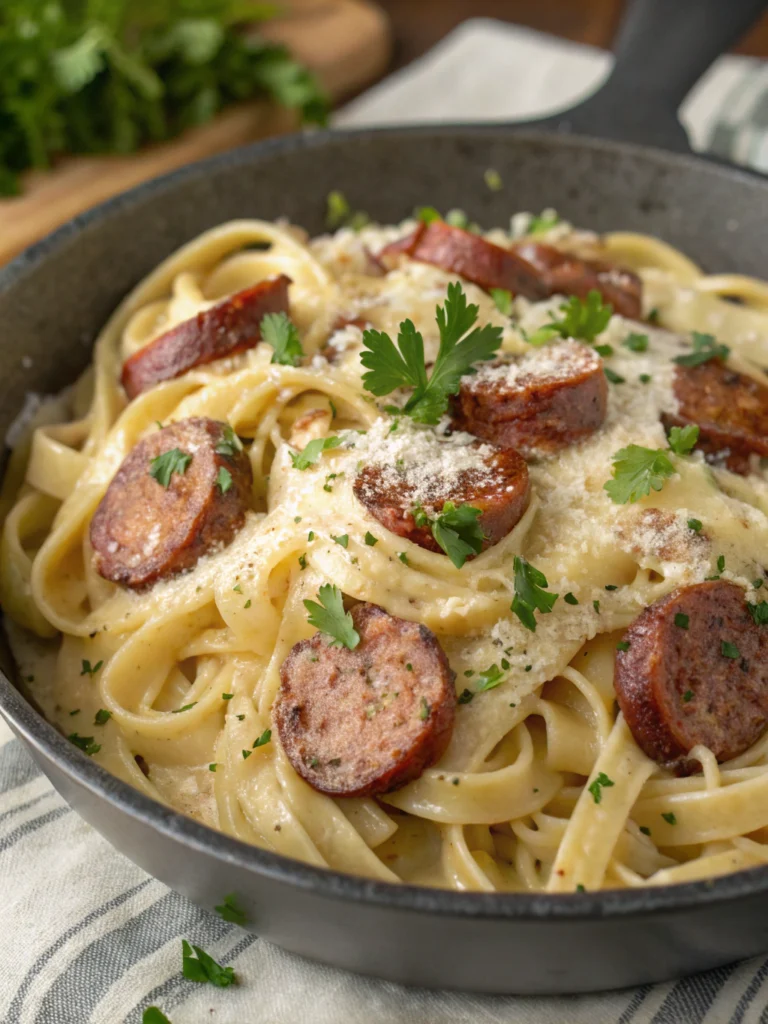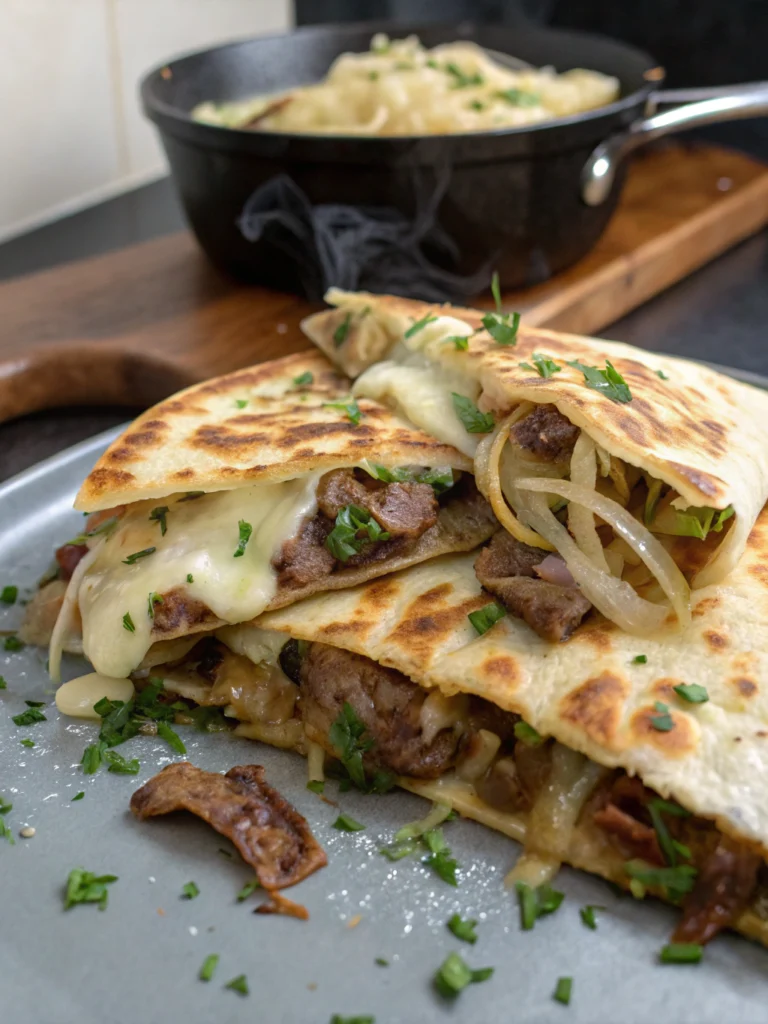Sausage Pasta
A hearty, flavor-packed comfort dish combining Italian sausage, al dente pasta, and a rich tomato sauce that comes together in just 30 minutes for the perfect weeknight dinner or casual entertaining option.
Easy Sausage Pasta Recipe
There’s something magical about the combination of savory Italian sausage and pasta that creates an irresistible comfort food experience. This classic sausage pasta recipe has been a staple in Italian-American households for generations, bringing together the robust flavors of seasoned sausage with the perfect balance of tangy tomatoes, aromatic herbs, and tender pasta. What makes this dish truly special is how it delivers restaurant-quality taste with minimal effort—perfect for busy weeknights when you crave something satisfying without spending hours in the kitchen.
While this dish shines year-round, it takes on special significance during the cooler fall and winter months when we naturally gravitate toward warming, substantial meals. The rich sauce clings beautifully to the pasta, creating a hearty dish that beckons you to the table with its enticing aroma.
THIS RECIPE:
- Ready in just 30 minutes from start to finish
- Uses simple, accessible ingredients you likely have on hand
- Delivers bold, satisfying flavors without complicated techniques
- Easily customizable to suit your taste preferences
| Recipe Details | Information |
|---|---|
| Prep Time | 10 minutes |
| Cook Time | 20 minutes |
| Total Time | 30 minutes |
| Servings | 4-6 portions |
| Yield | Approximately 8 cups |
This homemade sausage pasta recipe strikes the perfect balance between impressive flavor and everyday simplicity. The slightly spicy notes from the Italian sausage complement the sweet tomatoes, while fresh herbs add brightness to each bite. Even kitchen novices will find this recipe approachable, as it requires just one pot for the sauce and another for the pasta, meaning less cleanup and more time enjoying your delicious creation.
Ingredients for Sausage Pasta
The secret to an exceptional sausage pasta lies in selecting quality ingredients. While this recipe is forgiving and adaptable, investing in a few key components will elevate your dish from good to memorable. The foundation begins with the sausage itself—choosing a high-quality Italian sausage with the right balance of meat and seasonings will infuse your entire dish with flavor.
Main Ingredients:
- 1 pound (16 oz) Italian sausage, casings removed (sweet or hot, according to preference)
- 12 oz dried pasta (penne, rigatoni, or fusilli work best)
- 1 medium yellow onion, diced (about 1 cup)
- 4 garlic cloves, minced
- 1 red bell pepper, diced
- 1 tablespoon olive oil
- 1 can (28 oz) crushed tomatoes
- 1/2 cup chicken broth
- 1/2 cup heavy cream or half-and-half
- 1 teaspoon dried oregano
- 1 teaspoon dried basil (or 2 tablespoons fresh, chopped)
- 1/2 teaspoon red pepper flakes (adjust to taste)
- Salt and freshly ground black pepper to taste
- 1/2 cup grated Parmesan cheese, plus more for serving
- 2 tablespoons fresh parsley, chopped
For Garnish (Optional):
- Additional grated Parmesan cheese
- Fresh basil leaves, torn
- Extra virgin olive oil for drizzling
| Ingredient Category | Recommended Quantity | Quality Tips |
|---|---|---|
| Italian Sausage | 1 pound | Look for sausages with visible herbs and spices; choose from a local butcher when possible for freshest quality |
| Pasta | 12 oz | Select bronze-die extruded pasta for better sauce adhesion; Italian-made durum wheat pasta offers superior texture |
| Tomatoes | 28 oz can | San Marzano or Italian plum tomatoes provide sweeter flavor and less acidity |
| Cheese | 1/2 cup + serving | Use authentic Parmigiano-Reggiano and grate it fresh rather than pre-grated options |
| Herbs | As specified | Fresh herbs provide brighter flavor, especially for finishing the dish |
For the best results, use Italian sausage that contains a mix of herbs and spices like fennel, garlic, and paprika. If possible, source your sausage from a local butcher where you can verify the quality and seasoning levels. The pasta shape matters too—select shapes with ridges or hollow centers that can capture the sauce in every bite.
How to Make Sausage Pasta
Creating a delicious sausage pasta is all about building layers of flavor through proper cooking techniques. The process starts with properly browning the sausage to develop those rich, caramelized notes that form the foundation of the dish. Then, we’ll create a harmonious sauce that brings everything together before combining with perfectly cooked pasta for a cohesive final result.
Prepare the pasta: Bring a large pot of heavily salted water to a boil (the water should taste like the sea). Cook the pasta according to package instructions until al dente, typically 8-10 minutes. Before draining, reserve 1 cup of the starchy pasta water.
Brown the sausage: While the pasta water comes to a boil, heat 1 tablespoon olive oil in a large, deep skillet over medium-high heat. Add the Italian sausage, breaking it up with a wooden spoon into bite-sized pieces. Cook until nicely browned and no longer pink, about 5-7 minutes.
Build the flavor base: Reduce heat to medium and add the diced onion to the browned sausage. Cook until the onion becomes translucent, about 3-4 minutes. Add the diced red bell pepper and continue cooking for another 2 minutes until slightly softened.
Incorporate aromatics: Add minced garlic to the skillet and cook until fragrant, about 30 seconds, being careful not to burn it.
Create the sauce: Pour in the crushed tomatoes, chicken broth, dried oregano, dried basil, and red pepper flakes. Stir well to combine and bring to a gentle simmer. Reduce heat to medium-low and allow the sauce to bubble gently for 10 minutes, stirring occasionally.
Enrich the sauce: Stir in the heavy cream and allow the sauce to simmer for another 2-3 minutes until slightly thickened. Season with salt and black pepper to taste.
Combine with pasta: Drain the pasta (remember to reserve some pasta water first) and add it directly to the sauce. Toss gently to coat every piece with the sauce. If the sauce seems too thick, add a splash of the reserved pasta water to reach your desired consistency.
Finish the dish: Stir in the grated Parmesan cheese and chopped parsley. Allow the pasta to sit in the sauce for 1-2 minutes so it can absorb some of the flavors.
Rest briefly: Remove from heat and let the dish rest for 2-3 minutes, which allows the sauce to thicken slightly and flavors to meld.
The finished sausage pasta should have a silky sauce that clings beautifully to each piece of pasta, with flavorful bites of browned sausage distributed throughout. The slight rest at the end is crucial for allowing the pasta to absorb some of the sauce, creating a more cohesive and flavorful final dish.
Tips for Making Sausage Pasta
Pro tip: For maximum flavor development, don’t rush the sausage browning process—those caramelized bits on the bottom of the pan (fond) are pure gold for your sauce flavor.
- Choose the right pasta shape that will hold the chunky sauce—ribbed varieties like rigatoni, penne, or fusilli are ideal
- For a spicier dish, use hot Italian sausage and increase the red pepper flakes
- Grate cheese fresh rather than using pre-packaged for better melting and flavor
- Reserve more pasta water than you think you’ll need—it’s your secret ingredient for adjusting sauce consistency
| Technique | Recommendation | Why It Matters |
|---|---|---|
| Sausage Browning | Medium-high heat, don’t stir constantly | Allows proper caramelization and flavor development |
| Pasta Cooking | 1-2 minutes under package time | Proper al dente texture; pasta will continue cooking in sauce |
| Sauce Consistency | Use reserved pasta water to adjust | Starchy water helps sauce cling to pasta and creates silky texture |
| Final Mixing | Toss pasta in the sauce pan, not vice versa | Ensures even coating and allows pasta to absorb flavors |
When browning the sausage, resist the urge to stir constantly—giving the meat time to develop a deep golden crust intensifies the overall flavor profile. If you prefer a smoother sauce, you can use a potato masher to break the sausage into finer pieces while cooking.
For the perfect pasta texture, always taste rather than relying solely on package timing. The pasta should have a slight resistance when bitten—this is the true meaning of “al dente.” Remember that the pasta will continue to cook slightly when added to the hot sauce.
Make-Ahead Instructions
This sausage pasta recipe is ideal for meal planning and can be partially or fully prepared in advance, making weeknight dinners a breeze. Here’s how to approach make-ahead preparation:
For component preparation (1-2 days ahead):
- Brown the sausage, cook the aromatics, and prepare the sauce without adding cream. Cool completely and refrigerate in an airtight container.
- When ready to serve, reheat the sauce, add the cream, and proceed with cooking fresh pasta and finishing the dish.
The complete sauce (without pasta) can be stored in the refrigerator for up to 3 days. When reheating, add a splash of chicken broth or water to loosen if needed, then bring to a simmer before adding the cream and proceeding with the recipe.
For fully assembled make-ahead sausage pasta:
- Prepare the recipe as directed but undercook the pasta by 1-2 minutes.
- Cool the assembled dish completely before refrigerating.
- When reheating, add 2-3 tablespoons of water or broth, cover with foil, and bake at 350°F for 20-25 minutes until heated through.
If you’re planning to bring this sausage pasta to a potluck or family gathering, prepare it with slightly less sauce than normal, as the pasta will continue to absorb moisture during transportation and holding time.
Storing Leftovers
Proper storage of leftover sausage pasta ensures you’ll enjoy it just as much the next day. For food safety and optimal taste, follow these guidelines:
Allow the pasta to cool completely before transferring to airtight containers, but don’t leave it at room temperature for more than 2 hours. Divide large amounts into smaller portions to facilitate faster cooling and more convenient reheating of individual servings.
Store leftover sausage pasta in the refrigerator in shallow airtight containers or wrap tightly with heavy-duty aluminum foil or plastic wrap. Properly stored, this dish will maintain best quality for 3-4 days.
When reheating, sprinkle 1-2 tablespoons of water over the pasta before microwaving covered on medium power, stirring halfway through. This helps rehydrate the pasta and prevent it from becoming dry or rubbery. Alternatively, reheat in a covered skillet over medium-low heat, adding a splash of broth to revive the sauce’s consistency.
Pro tip: To refresh leftover pasta completely, try adding a small amount of fresh ingredients when reheating—a sprinkle of herbs, freshly grated cheese, or even a few drops of extra virgin olive oil can make leftovers taste nearly as good as freshly made.
Freezing Sausage Pasta
This homemade sausage pasta freezes beautifully, making it perfect for meal prep or preserving larger batches. For best results, follow these detailed freezing instructions:
Allow the pasta to cool completely before freezing. For optimal texture, freeze the sausage pasta slightly underdone, as it will soften further during reheating. Portion the pasta into meal-sized servings in freezer-safe containers or heavy-duty freezer bags, removing as much air as possible to prevent freezer burn.
For individual portions, freezer-safe glass containers with secure lids work exceptionally well. For larger family portions, heavy-duty aluminum foil pans with tight-fitting lids are ideal. Label each container with the date and contents—properly stored, frozen sausage pasta maintains best quality for up to 2-3 months.
To thaw and reheat: Transfer from freezer to refrigerator and allow to thaw overnight (safest method). For reheating, place in an oven-safe dish, cover with foil, and bake at 350°F for 20-30 minutes until heated through. Add 2-4 tablespoons of broth or water before reheating to restore moisture, and finish with a sprinkle of fresh Parmesan cheese to revive the flavor.
Pro tip: For best texture after freezing, choose heartier pasta shapes like rigatoni or penne that hold up better to freezing and reheating than delicate varieties.
Serving Suggestions
Transform your homemade sausage pasta from a simple meal into a complete dining experience with these thoughtful serving recommendations:
This robust sausage pasta pairs beautifully with lighter side dishes that balance its richness. Consider serving alongside a crisp green salad dressed with a simple vinaigrette, or garlic-rubbed ciabatta bread for soaking up any remaining sauce. Roasted vegetables like broccoli, asparagus, or zucchini provide a nutritious complement that cuts through the pasta’s richness.
For an impressive presentation, serve the sausage pasta in a large, wide shallow bowl, garnished with additional freshly grated Parmesan, torn basil leaves, and a light drizzle of high-quality extra virgin olive oil. This family-style presentation encourages sharing and showcases the beautiful colors and textures of the dish.
Beverage pairings can elevate your sausage pasta experience:
- Red wine: A medium-bodied Chianti, Sangiovese, or Montepulciano complements the tomato-based sauce
- White wine: For cream-enriched versions, try a crisp Pinot Grigio or unoaked Chardonnay
- Beer: A malty amber ale or light Italian lager provides refreshing contrast
- Non-alcoholic: Sparkling water with lemon or a tart lemonade cleanses the palate
Serve this sausage pasta hot, immediately after its brief resting period, when the flavors are perfectly developed and the sauce-to-pasta consistency is ideal.
FAQ
Can I use different types of sausage in this recipe?
Absolutely! While Italian sausage provides traditional flavor, this versatile recipe works well with many varieties. Try spicy chorizo for a Spanish twist, chicken or turkey sausage for a lighter option, or even plant-based sausage alternatives for a vegetarian version. Just adjust additional seasonings accordingly, as different sausages carry varying levels of salt and spices.
What can I substitute for heavy cream to make this recipe lighter?
For a lighter version, substitute half-and-half, whole milk, or even evaporated milk (not condensed). For a dairy-free alternative, try unsweetened coconut cream or cashew cream. Each substitution will alter the richness somewhat, so you might want to reduce the amount slightly and adjust to your desired consistency.
My sauce is too watery. How can I thicken it?
If your sausage pasta sauce seems too thin, try one of these methods: 1) Simmer uncovered for an additional 5-7 minutes to reduce liquid; 2) Add 1-2 additional tablespoons of grated Parmesan, which helps thicken while adding flavor; or 3) Create a slurry with 1 teaspoon cornstarch mixed with 1 tablespoon cold water, then stir into the simmering sauce and cook for 2 minutes until thickened.
Can I make this sausage pasta recipe gluten-free?
Yes! Simply substitute your favorite gluten-free pasta. Look for corn and rice blends that hold their shape well during cooking. Cook the gluten-free pasta 1-2 minutes less than package directions suggest since it will continue cooking when combined with the hot sauce. Also verify that your sausage is gluten-free, as some varieties contain fillers with gluten.
How can I add more vegetables to this sausage pasta for a more balanced meal?
This recipe is wonderfully adaptable for adding vegetables. Consider stirring in baby spinach or arugula during the final minute of cooking to wilt them into the sauce. Sautéed mushrooms, diced zucchini, or even roasted eggplant can be added with the tomatoes. For a hidden veggie boost, finely grated carrots cook down and add sweetness to the sauce without changing the texture significantly.

